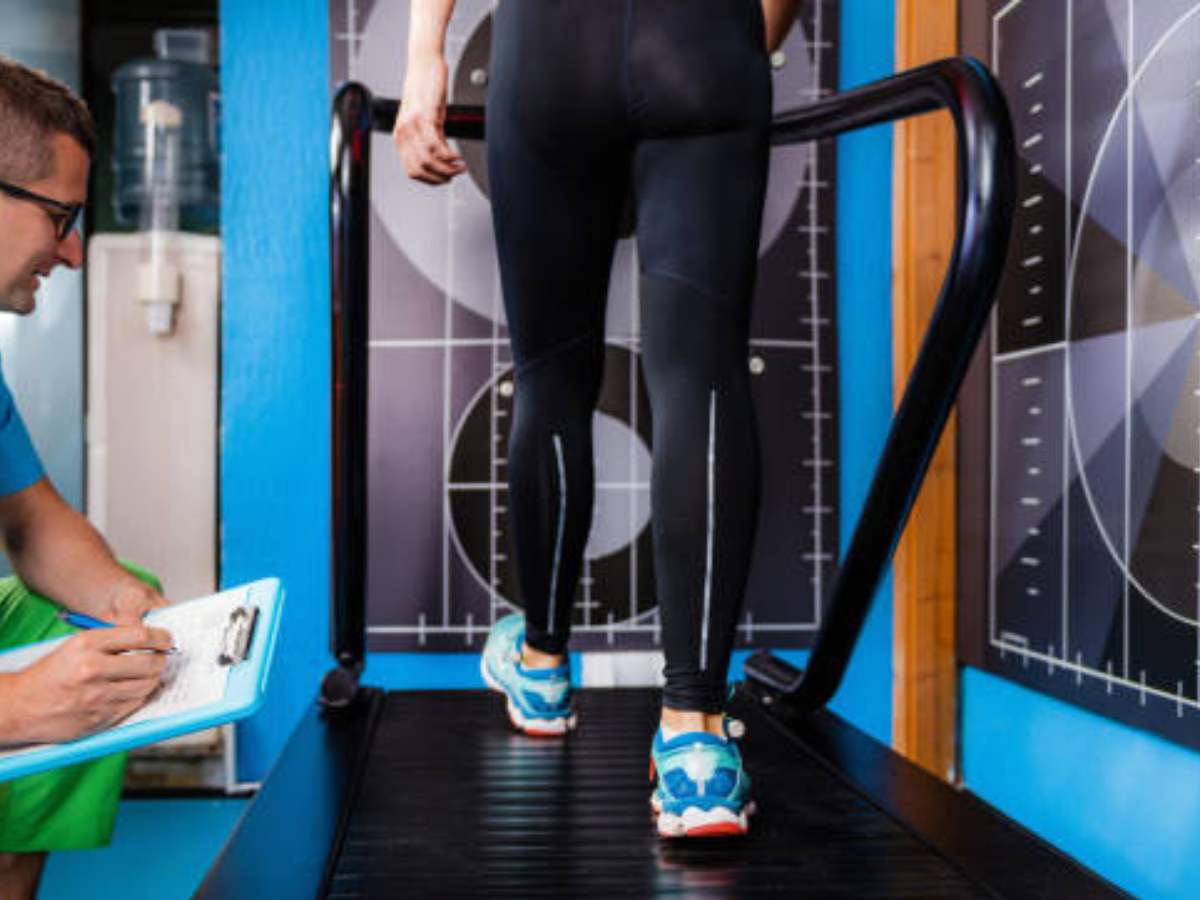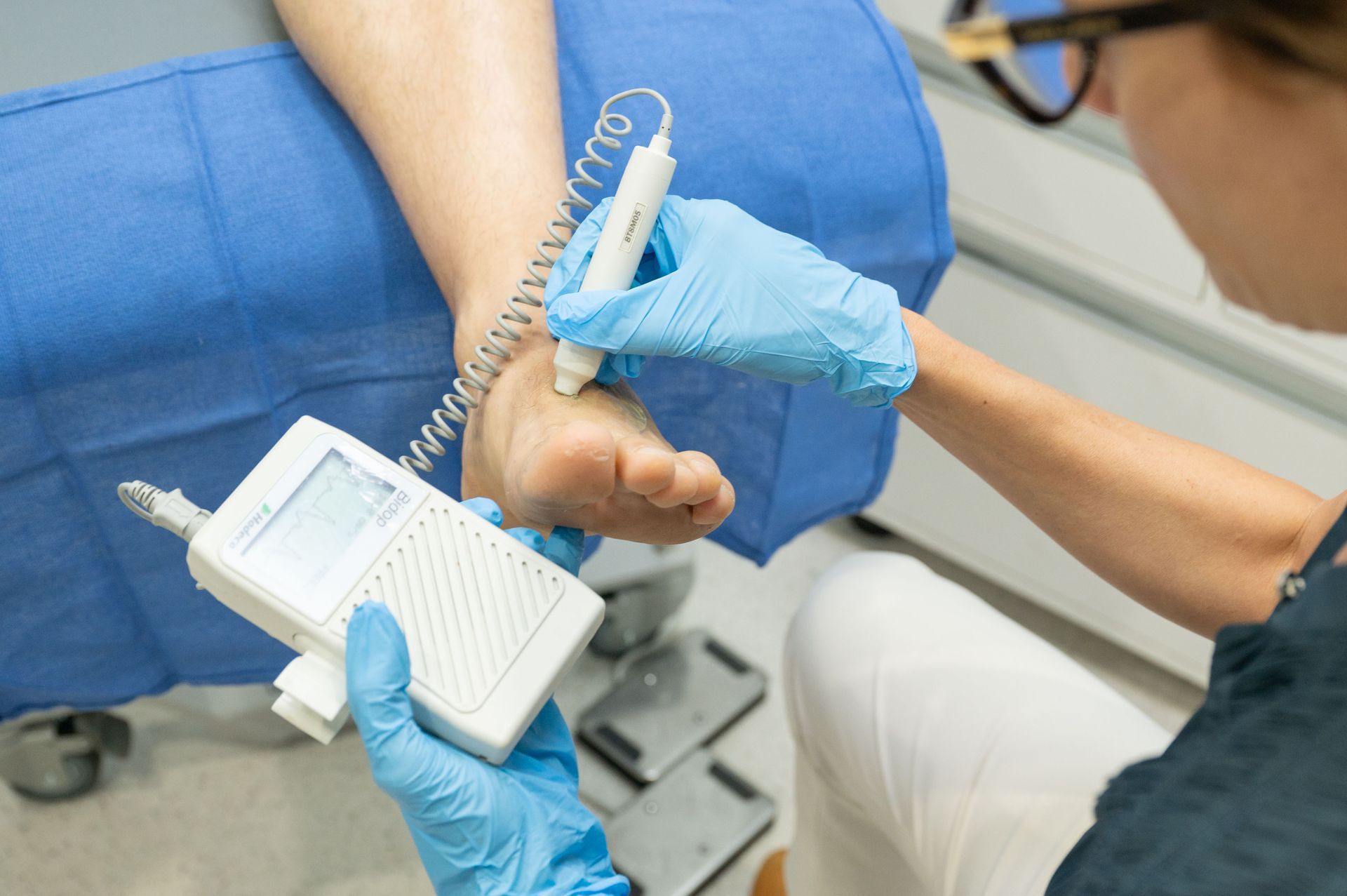Step by Step: A Guide to Gait Analysis

Step by Step: A Guide to Gait Analysis
Did you know that the way you walk can reveal a lot about your foot health? That's right - your gait pattern can indicate whether you have flat feet, high arches, or particular foot issues that may be causing you pain or discomfort. This is where gait analysis comes in - a process used by Podiatrists to evaluate the way you walk and identify abnormalities or issues that may be contributing to your foot pain or discomfort.
What is Gait Analysis?
Gait analysis is a process that involves observing and analysing the way that someone walks or runs. This is done through visual observation and by using video cameras, pressure sensors, and other specialised equipment to measure various aspects of the person's gait, such as their stride length, foot placement, and the amount of pressure they place on each foot.
Why is Gait Analysis Important for Podiatry?
Gait analysis is an important tool for Podiatrists because it can help them to identify the underlying mechanical factors contributing to a patient's foot or ankle pain. By analysing a patient's gait, a Podiatrist can determine whether there is an issue with their foot mechanics, such as flat feet or high arches, or if there is an issue with their gait pattern, such as overpronation or supination and the timing and extent of these movements. It is useful not only in diagnosing and treating conditions, but also in monitoring progress, improving performance, and preventing injuries.
Once the underlying factors have been identified, a Podiatrist can develop a treatment plan tailored to the patient's specific needs. This may include recommending orthotics, prescribing physical therapy exercises, or suggesting changes to the patient's footwear or gait pattern.
What Happens During a Gait Analysis?
During gait analysis, a patient may be asked to walk or run on a treadmill whilst attached to specialised sensors.
In addition to collecting data using specialised equipment, a Podiatrist will also observe the patient's gait by eye. This allows a more natural gait to be observed.
After the gait analysis is complete, the Podiatrist will review the data and provide the patient with a comprehensive report outlining their gait pattern and any identified issues. The Podiatrist will then work with the patient to develop a treatment plan that is tailored to their specific needs.










